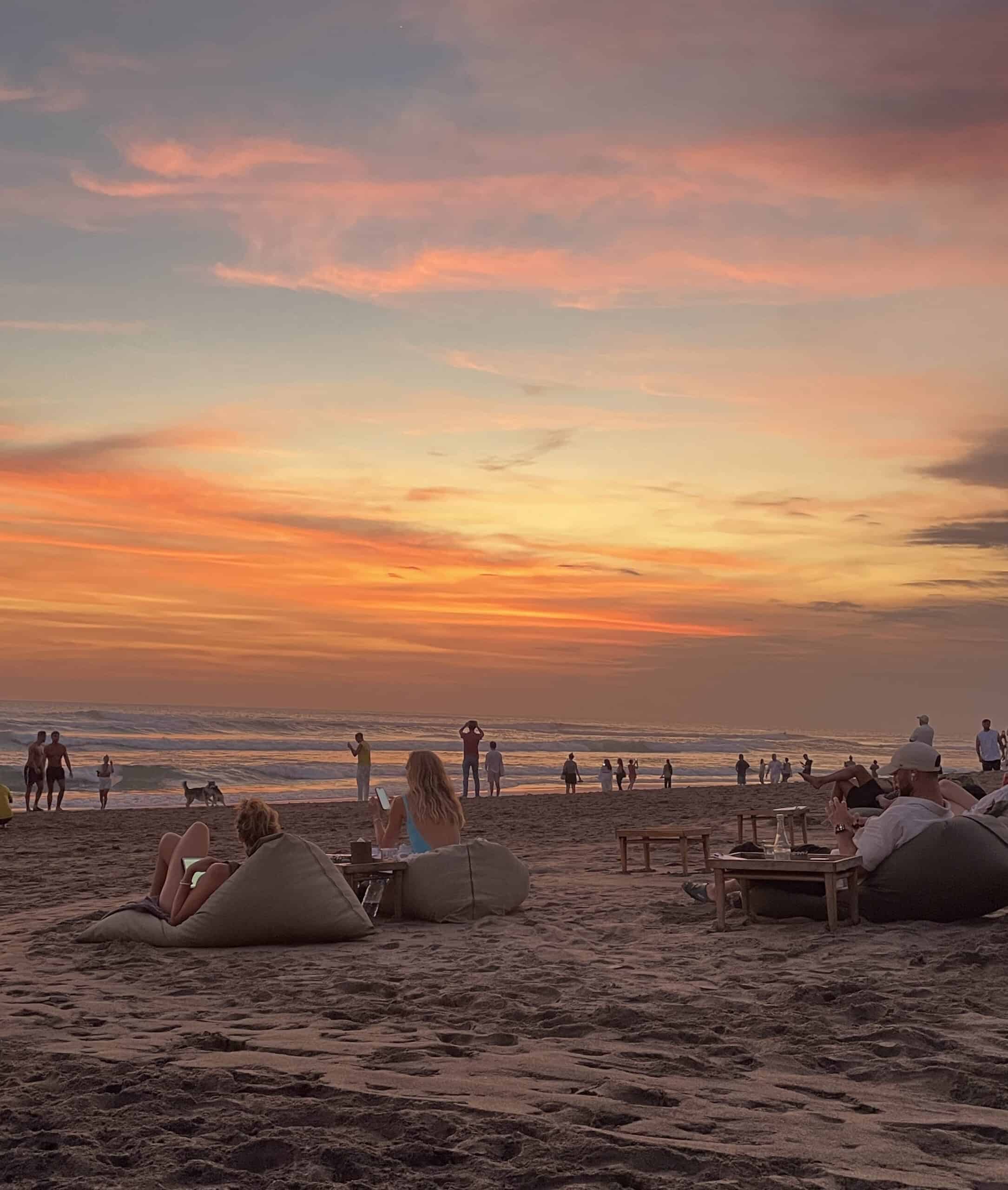Is Bali Worth Visiting? 5 Honest Pros & Cons
Bali is one of those places that gets talked about a lot, and I mean a lot. It’s been crowned a tropical paradise, a spiritual hotspot, a digital nomad hub, a surfer’s dream, and for some, an overrated Instagram trap. So… is Bali worth visiting?
I spent nearly two months exploring Bali, hopping between beach towns, rice terraces, party scenes, and co-working cafes. I didn’t just dip in for a quick getaway, I lived it.
And while I didn’t hit every corner of the island, I’ve spent enough time there (plus traded notes with plenty of expat friends) to give you a solid take.
Here’s a hint for what’s to come: yes, I am coming back to Bali after visiting once, though don’t take that alone as proof it’s worth it. There are a few things you must know before booking your first trip.
Whether you’re thinking about a vacation, planning a longer stay, or just trying to figure out if Bali lives up to the hype, this guide breaks down the real pros and cons of visiting Bali.
No fluff, no sugarcoating. Just an honest look at what you should expect when planning your trip.
Beautiful Beaches & Scenic Nature
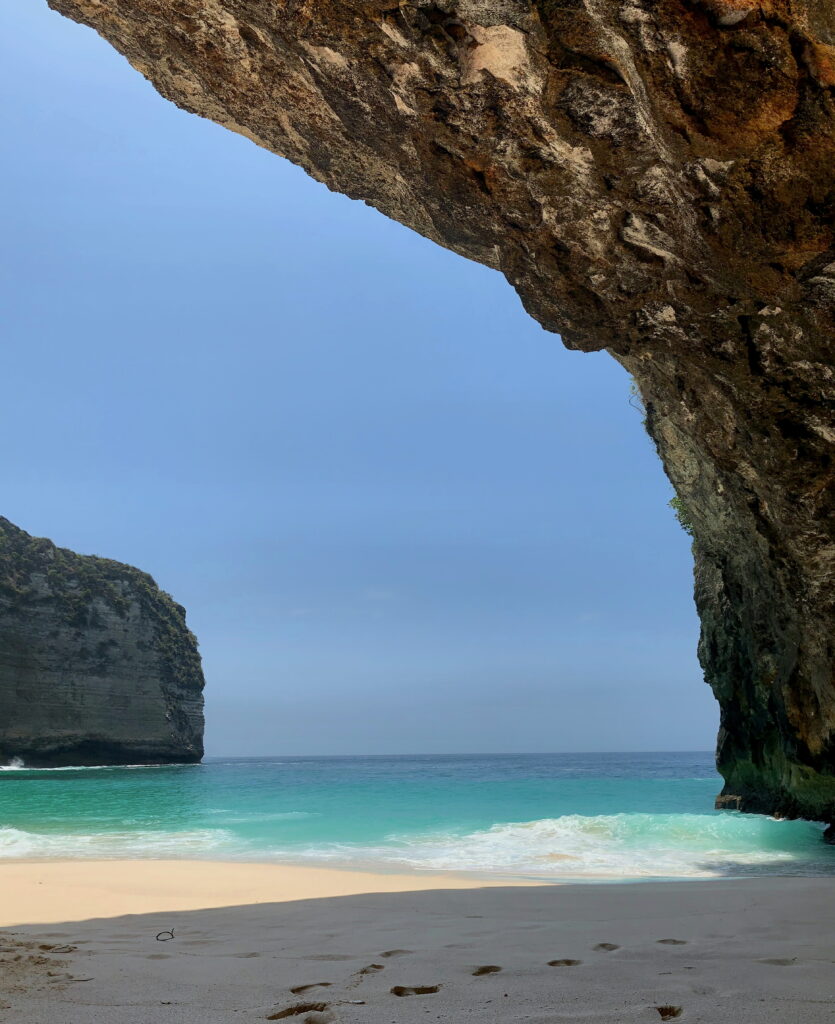
It’s hard to overstate just how visually stunning Bali is. The island blends tropical beaches, lush rice terraces, dramatic cliffs, and jungle waterfalls in a way that feels unreal.
Whether you’re catching a sunset at Uluwatu, wandering through the emerald-green paddies of Tegallalang, or waking up in a villa surrounded by palm trees, Bali knows how to show off.
Bali is one of those rare places where you’ll occasionally stop, look around, and think, “How is this even on Earth?”
Between the untouched natural spots, the sheer number of islands to explore nearby, and the raw beauty of its scenery, nature is a massive part of what makes Bali feel so special.
Some corners of the island still feel untouched, and those are the ones that hit the hardest.
Bali Caters to All Budgets

This is one of the most unique aspects of Bali that you won’t find in many other destinations. Bali has long been known as an affordable place to visit, and it absolutely can be if you want it to be.
But here’s the beauty of it: Bali can also be luxurious. And the best part? You get to choose.
When I was there, I met backpackers staying in $8 hostels and eating $2 meals at warungs. Then I’d turn the corner and see a group of well-dressed Australians popping champagne at a beachfront villa for a bachelor party.
Bali attracts everyone, from long-term travelers to luxury seekers, and it does an impressive job of catering to every budget tier without losing its soul.
I stick to the midrange type of travel, but no matter where you land on the budget spectrum, you’ll find great value across the board.
This kind of flexibility is what makes Bali so appealing. Whether you’re in it for budget travel, a comfortable vacation, or high-end indulgence, Bali lets you do it all.
Unique Culture & Temples
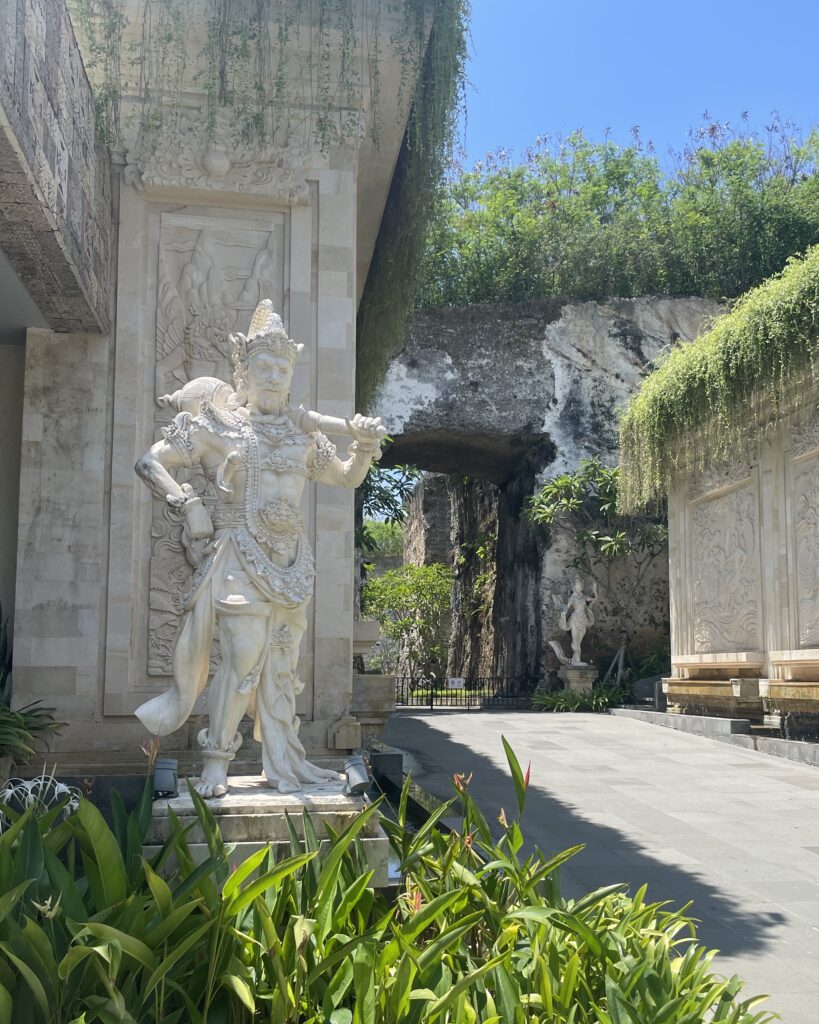
Bali’s cultural richness is one of the island’s biggest draws. Unlike much of Indonesia, Bali is predominantly Hindu, and that spiritual identity is deeply woven into everyday life.
From the scent of incense in the air to the daily offerings (canang sari) placed outside homes and shops, the Balinese culture feels incredibly immersive.
Temples are everywhere, plenty of them, and each one is unique in style and setting.
Whether it’s the cliffside Uluwatu Temple, the water-blessed Tirta Empul, or the jungle-surrounded Gunung Kawi, visiting these sacred sites offers a glimpse into Bali’s culture, and they’re just a few of the many cultural activities you can experience in Bali.
One of the most unique cultural experiences is Nyepi, or Bali’s “Day of Silence.” The entire island shuts down for 24 hours, no travel, no noise, no lights. It’s a day of reflection and stillness unlike anything you’ll experience anywhere else, and it speaks volumes about the island’s deep-rooted values.
Bali Nightlife & Party Scene
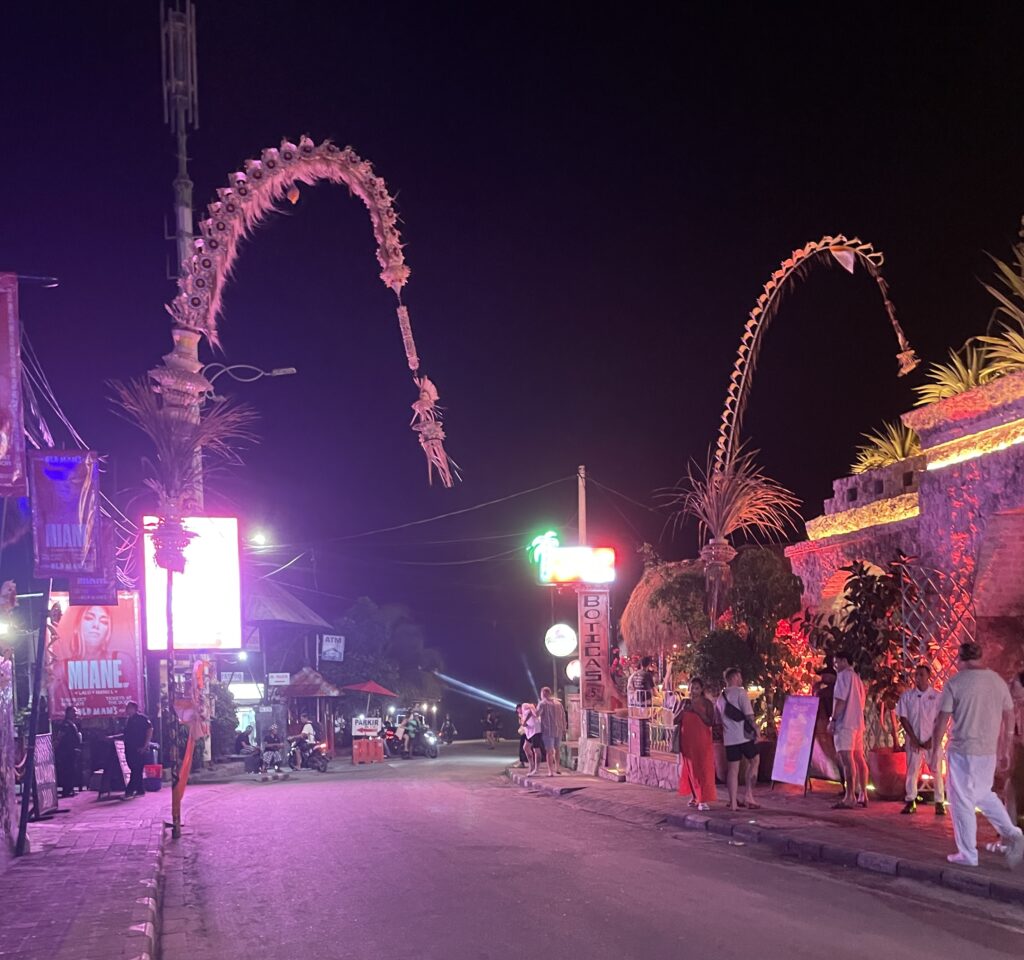
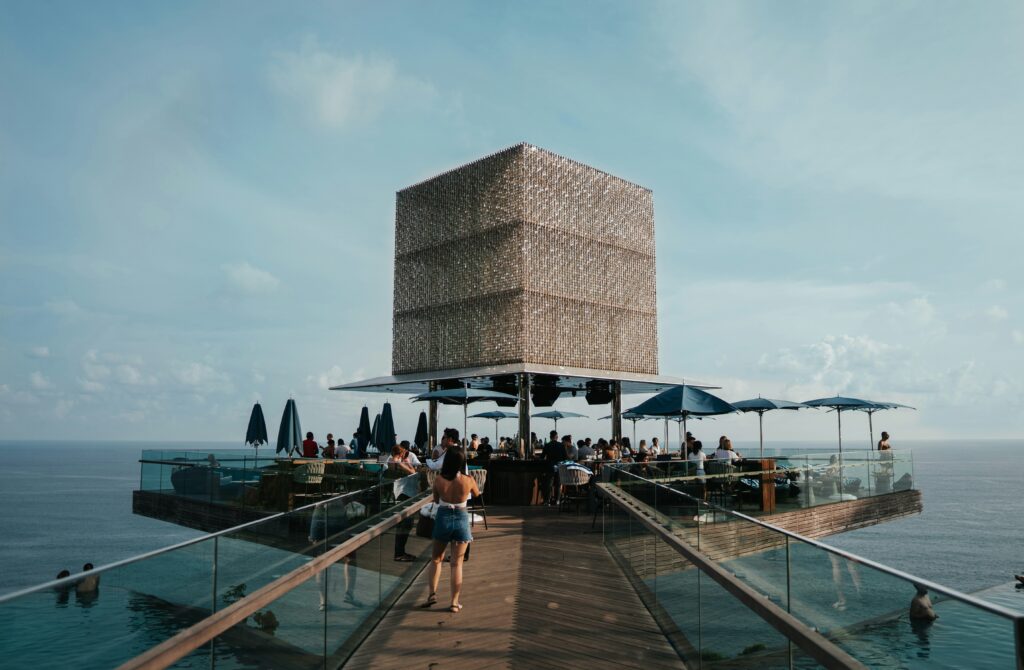
Bali is hands-down one of the best party destinations in Asia, some might even say the best.
When people talk about partying in Southeast Asia, Bali is almost always at the top of the list. It’s often dubbed the “Ibiza of Asia,” and after spending a few nights out here, you’ll see why.
You’ve got the daytime scene: massive beach clubs like Finns and Atlas Beach Fest, where the music starts early and doesn’t stop. There are also more upscale beach clubs like The Lawn in Canggu and Café del Mar, a world-renowned brand originally from Ibiza that brings a touch of luxury to Bali’s coastline.
Bali’s nightclubs don’t disappoint. In Canggu, Motel Mexicola delivers wild energy with spontaneous dancing and endless shots.
For something sleeker, Desa Potato Head and Desa Kitsuné offer stylish, curated nights. Down in Uluwatu, Savaya (formerly Omnia) sits cliffside with ocean views and world-class DJs, making it one of the island’s most iconic venues.
Whether you’re into beachside raves, chic cocktail lounges, or all-night dancing, Bali’s nightlife scene truly offers it all.
Variety of Destinations on One Island

One of Bali’s most impressive traits is how much it packs into a single island. You could be sipping coconuts on the beach in Seminyak, hiking through rice terraces in Ubud, and chasing waterfalls in Munduk, all within a few days.
Each region of Bali has its own distinct vibe, from the spiritual calm of Sidemen to the luxury cliffside escapes of Uluwatu.
For first-time visitors, this means you don’t need to hop between islands or book multiple flights to get a diverse experience.
Bali offers beach life, jungle retreats, cultural immersion, and surf towns, all wrapped into one destination.
It’s rare to find a place where you can shift gears so easily, whether you’re looking for party scenes, peace and quiet, or outdoor adventures.
Overcrowded in Popular Areas
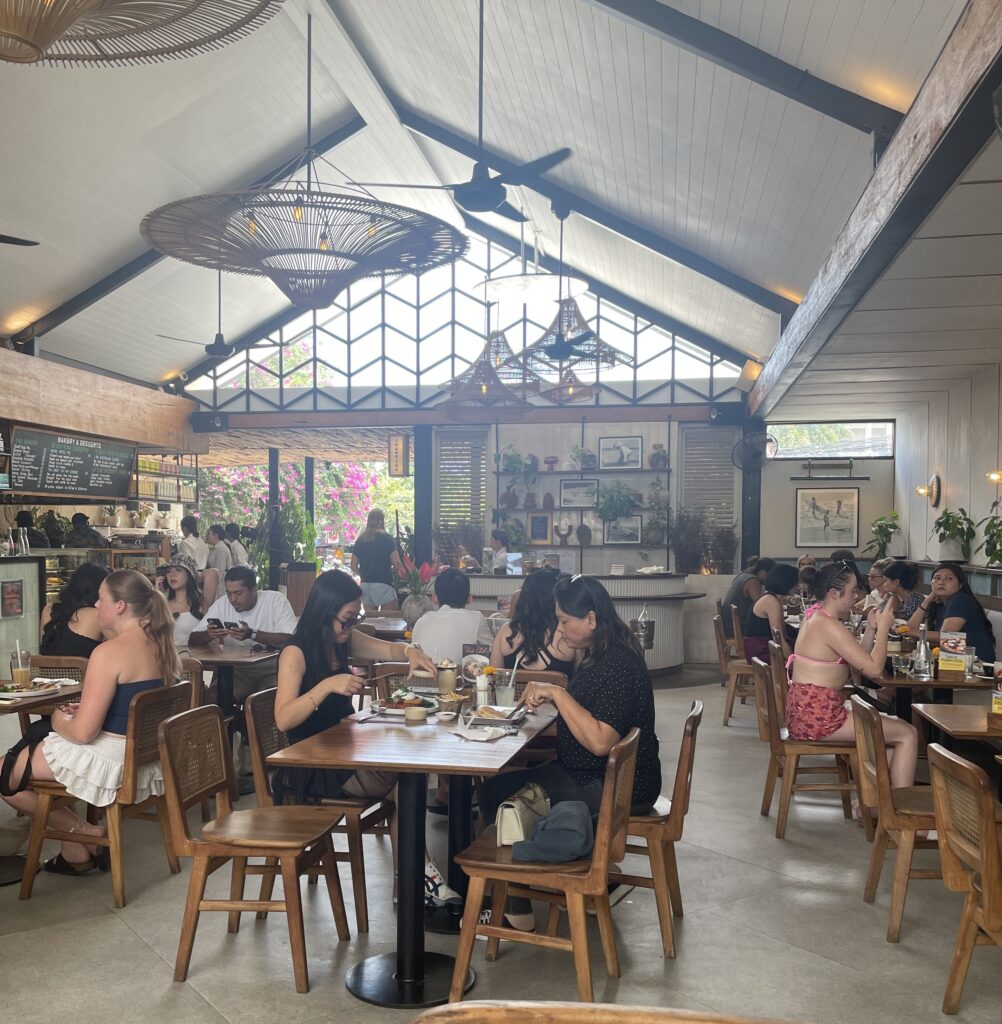
Once you land in Bali and settle into one of the main hubs like Canggu or Seminyak, it hits you fast, it’s busy. There’s traffic, there are tourists everywhere, and you can feel the buzz in the air.
The truth is, Bali is wildly popular. From what I’ve been told by friends who live there full-time, even the so-called off-season still draws large crowds. So the Bali you see on social media isn’t always the Bali you’ll get!
The appeal of the island is global, so it makes sense. But if you’re expecting a low-key, untouched paradise, you might be caught off guard by just how over-touristic the main areas have become.
That said, it’s not all jam-packed. There are quieter areas in Bali to consider if you want to escape the crowds and experience a slower side of the island.
You just need to plan around the peak spots or go looking for the gems most people overlook.
Subpar Beaches in Main Tourist Areas
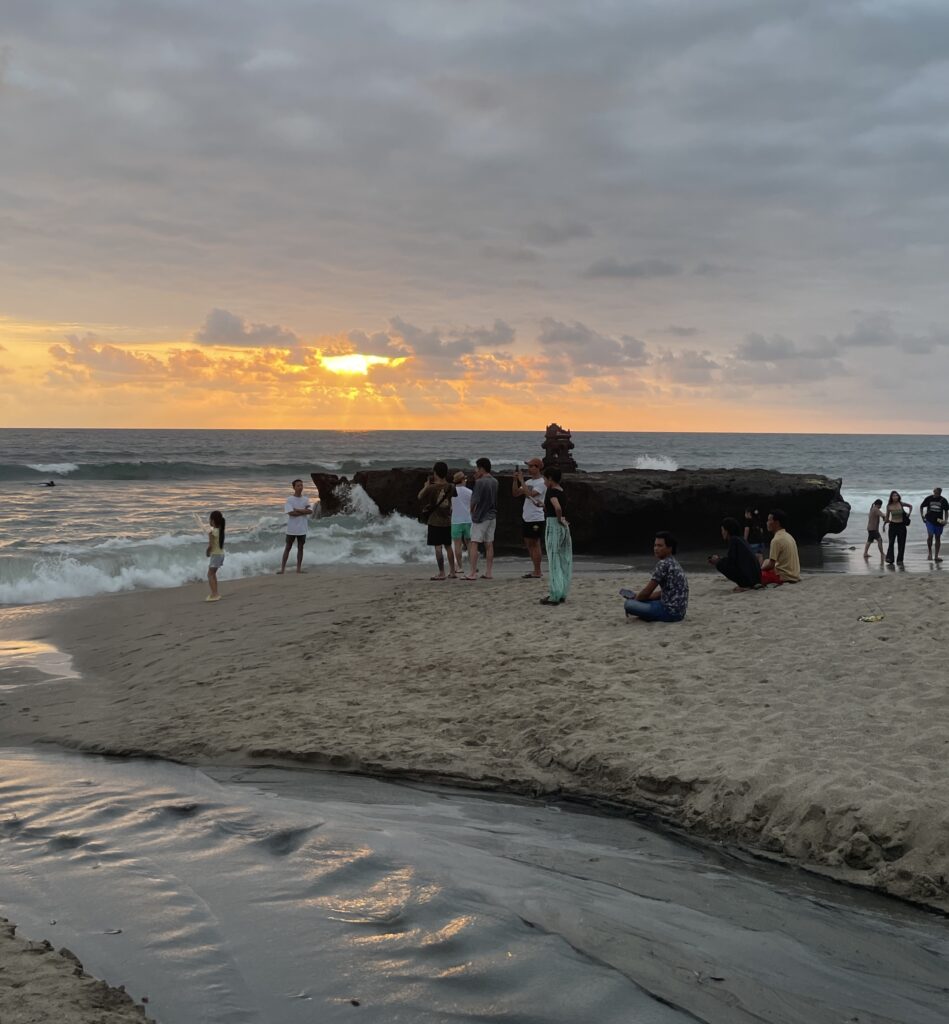
Let me be blunt, the beaches in Bali’s most popular tourist areas are downright disappointing.
As someone who lived in Bali as a digital nomad, this frustrated me more than I expected. When you think “island getaway,” you probably picture soft white sand, clear blue water, and a peaceful stretch of shoreline. But in areas like Canggu, Seminyak, and Kuta, that’s not what you get.
The sand is dark and coarse, the waves can be rough (great for surfers, not so much for swimming), and it’s not uncommon to spot stray dogs roaming the beach, sometimes with unpleasant surprises left behind.
Add to that the crowding, occasional litter, and aggressive beach traffic, and the whole thing loses its charm fast.
The most disappointing part? No one really talks about it. Bali has a reputation for being a beach paradise, but unless you’re heading to places like Uluwatu or island hopping to Nusa Penida, the actual experience in the main areas just doesn’t live up to the hype.
If staying by the beach is important to you, just know that the beach itself may not be the highlight, at least not in the central tourist areas!
Traffic Can Be Brutal
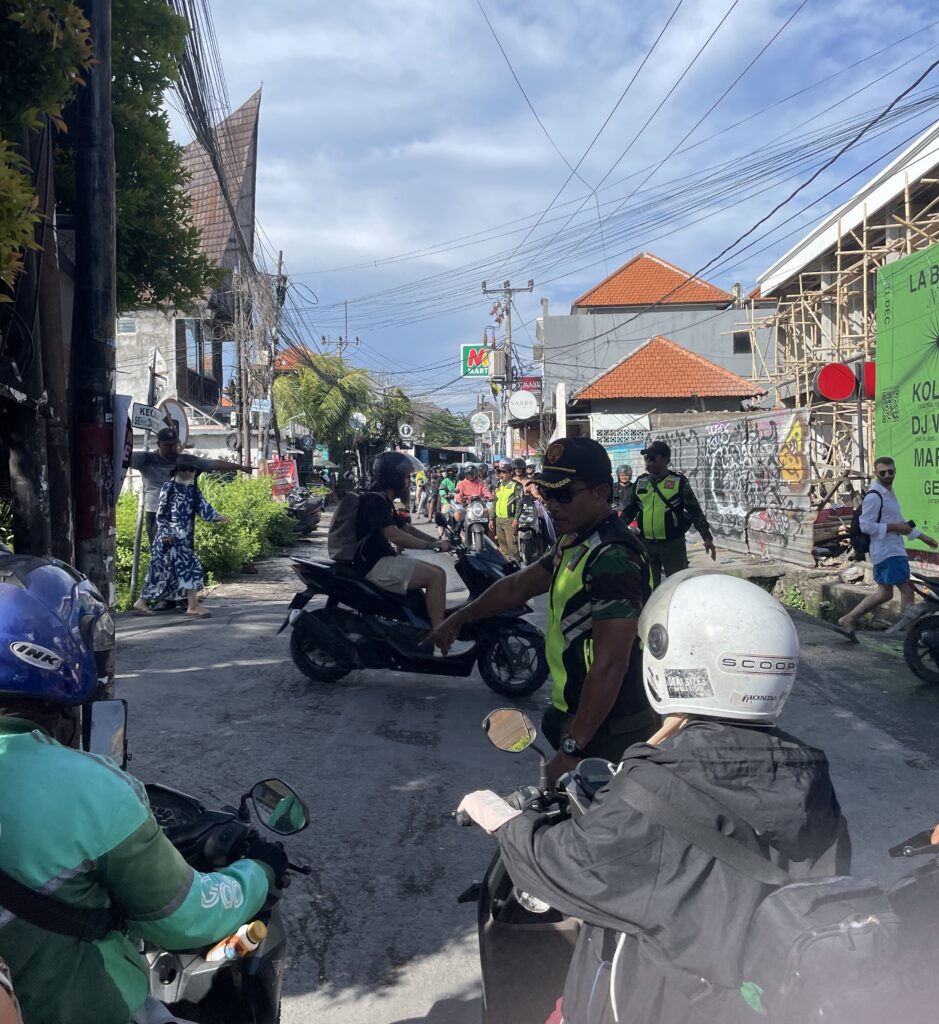
The traffic in Bali is absolutely horrible. There’s really no other way to put it. If you speak to anyone who’s spent more than a few days on the island, I’d bet 80% of them will bring this up immediately, it’s that bad.
Getting from one place to another, even within the same general area, can take way longer than it should.
Canggu to the airport? You’ll look at Google Maps and think it’s a quick ride. It’s not. You’ll be sitting, crawling, and watching time disappear.
What makes it worse is being on a scooter or the back of one. You’re surrounded by a sea of other bikes and cars, and the air is thick with exhaust.
You’re trying to enjoy your Bali trip, and instead, you’re inhaling fumes for 20-30 minutes straight. Not exactly island bliss.
And don’t even get me started on what happens when it rains. It’s chaos. More backups, more honking, and even less movement.
For a place that looks so laid-back, getting around can be one of the most stressful parts of your day, and falling into this trap of busy traffic is one of the common Bali travel mistakes first-timers often make.
Bali Isn’t Always Cheap (Anymore)
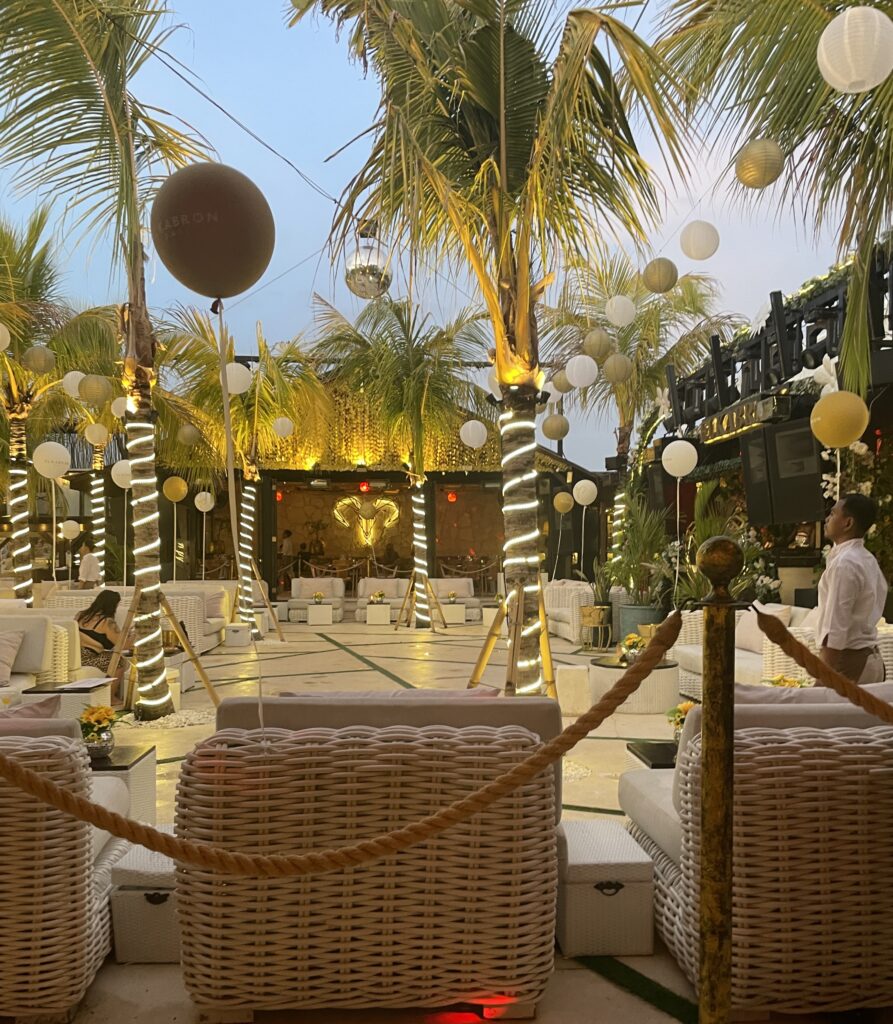
Bali can absolutely be affordable, but let’s not pretend that Bali is always cheap. That narrative needs an update.
Yes, the classic $2 meals and $20 guesthouses still exist. You can travel to Bali on a budget if that’s how you plan it. But if you’re not paying attention, your expenses can spiral fast.
I’ve personally had dinners hit $100 to $200 for two people at upscale restaurants. I’ve also seen beach club bills hit nearly $1,000 after a few hours of bottle service and “just one more round.”
It’s not to scare you off, but Bali has a serious luxury side, and it’s easy to get swept into it.
Especially in hotspots like Seminyak, Canggu, and Uluwatu, prices can rival major cities around the world. So if you’re expecting Southeast Asia pricing across the board, you’re in for a surprise.
Poor Infrastructure Across the Island
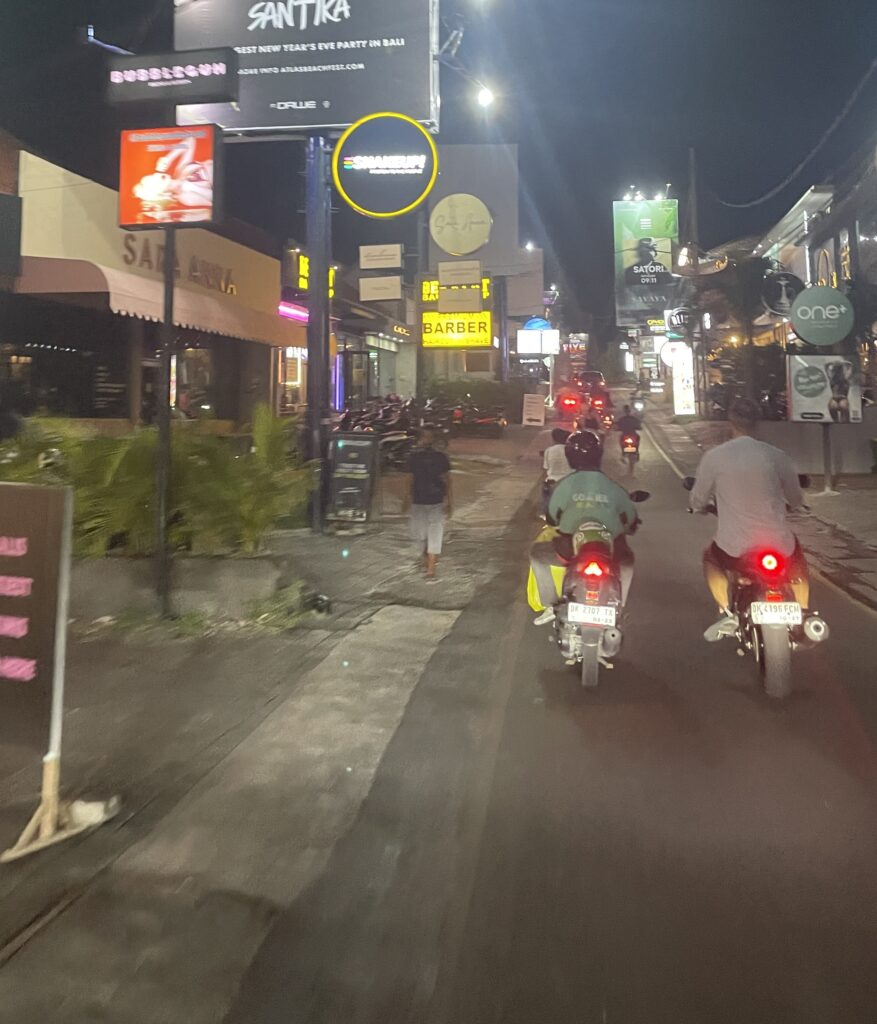
Ironically, this is the last con on the list, because if this article were strictly for digital nomads (like myself), poor infrastructure would absolutely top the list.
For an island as globally popular as Bali, with the number of tourists it hosts yearly and the rapid development in recent years, you’d think the infrastructure would keep pace. Unfortunately, it hasn’t.
Let’s start with the streets: they’re small, often inconsistent, and poorly maintained. You’ll find yourself dodging potholes, stray dogs darting into traffic, and navigating roads that barely fit two cars, let alone scooters weaving in and out.
The sidewalk situation? Practically nonexistent. And in places like Canggu, Seminyak, and Kuta, where walkability should be a given thanks to the dense clusters of gyms, cafes, beach clubs, and restaurants, it’s simply not safe to walk. If there is a sidewalk, it’s narrow, broken, or blocked.
The danger multiplies when you factor in scooter traffic. Tourists unfamiliar with road rules, riding without international driver’s licenses, mixed with Grab drivers trying to get through congested areas, it’s chaos.
And if it rains? Good luck. Flooded roads and traffic jams can double your travel time and ruin even the best-laid plans.
It’s a harsh contrast to Bali’s natural beauty and thriving tourism scene. But infrastructure across the island, from basic roads and sidewalks to drainage and urban planning, is still lacking.
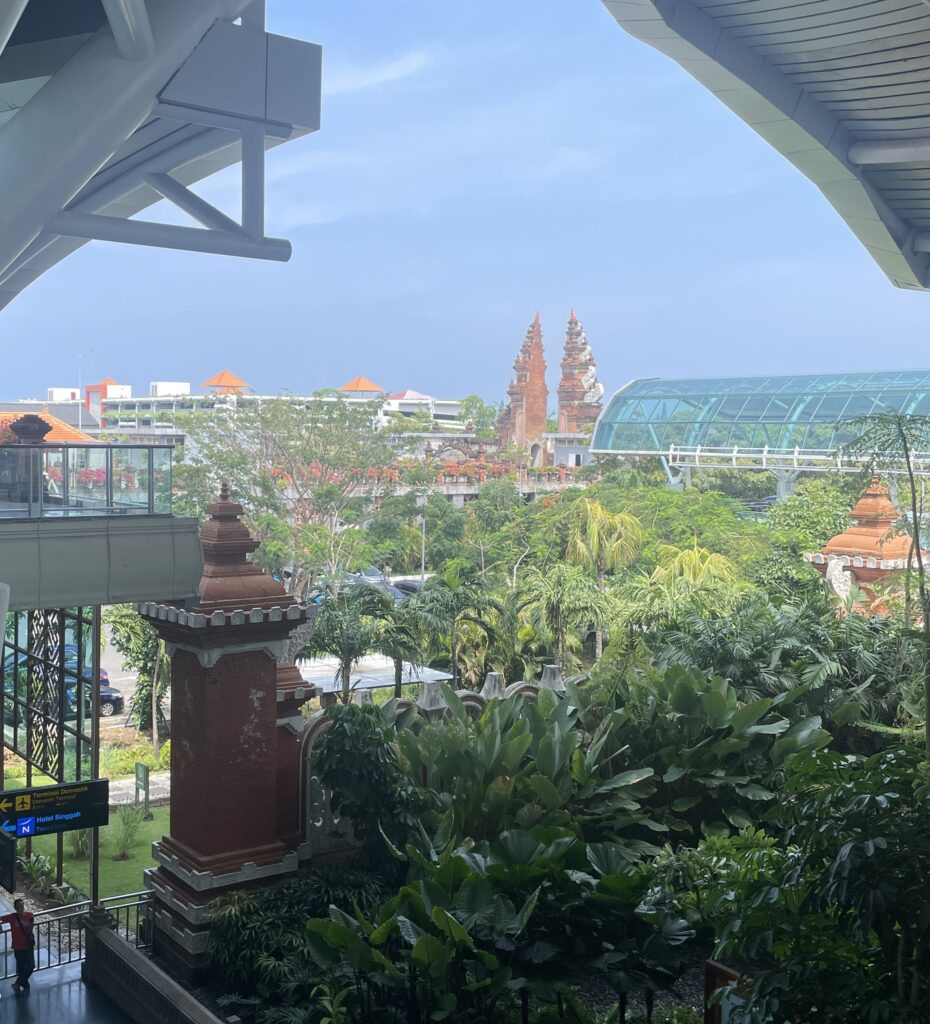
Why Bali Is Great for Digital Nomads
I didn’t visit Bali just to sip coconuts on the beach; I stayed nearly two months as a digital nomad/tourist, and what stood out immediately was how easy it was to connect.
Out of all the Southeast Asian hubs I’ve worked from, Bali has the most vibrant and compact digital nomad community. Whether it’s café meetups or coworking events, the social scene here is on point, and that alone makes it one of the best spots for remote work.
- Strong community and social life: From structured networking events to spontaneous conversations at cafes, Bali makes it easy to meet fellow travelers and nomads. The social aspect is one of the strongest in Southeast Asia.
- Great café culture: You’re never far from a stylish café with excellent Wi-Fi and locally roasted coffee. Many spots are designed with remote workers in mind, and some even double as coworking lounges.
- Diverse coworking and coliving options: Whether you want a low-key coworking hub or an all-in-one coliving setup with meal plans and yoga sessions, you’ll find it in Bali, especially in Canggu and Ubud.
- Top-tier gyms and wellness: If fitness is part of your routine, you’ll love Bali’s gym scene. From affordable spots to luxury fitness centers with ice baths, saunas, and smoothie bars, the variety is solid.
- Work-life balance: Beach breaks, waterfall hikes, and sunset dinners are all within reach after a workday. The lifestyle here is hard to beat when it comes to balancing productivity and leisure.
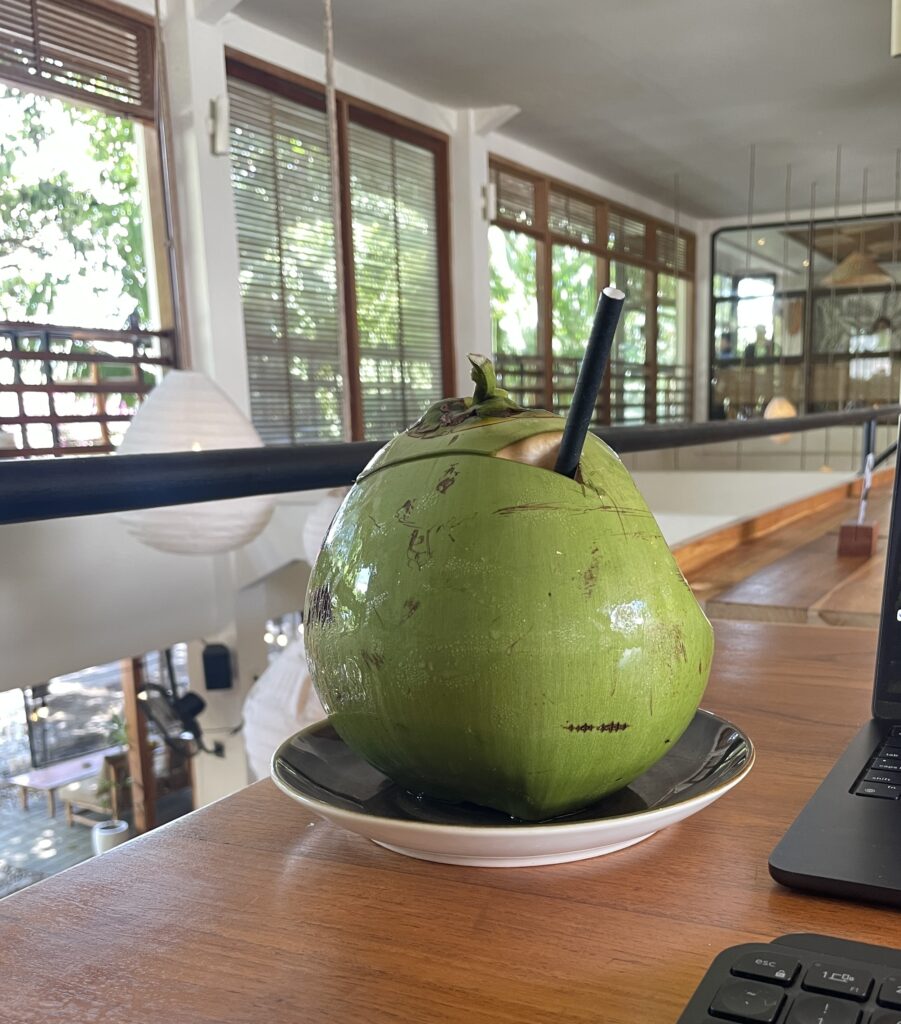
When Is the Best Time to Visit Bali?
The island’s tropical climate means there’s no bad time, but depending on what you’re after, sunshine, savings, or fewer crowds, some months might suit you better than others.
If you’re still unsure when to go, I break down the weather patterns, crowds, and pricing in my guide to Bali’s weather by month.
- High Season (July–September) – Sunny skies, dry weather, and Bali at its liveliest. Great for beaches, diving, and hiking, but expect crowds and higher prices, especially in places like Ubud and Seminyak.
If you’re looking to experience Bali’s full energy, festivals, events, and buzzing nightlife, this is when the island truly comes alive.
- Shoulder Season (April–June) – A sweet spot between rain and rush. Fewer tourists, blooming landscapes, and better deals on flights and hotels. Mostly sunny with occasional light showers.
You’ll still get that “tropical paradise” feel, just without the chaos of peak season crowds.
- Low Season (October–March) – The wet season, with heavier (but often brief) rain and humid days. It’s quieter, greener, and cheaper, ideal if you’re not chasing perfect weather every day.
This is the time for slower travel, great villa deals, and lush scenery all around.
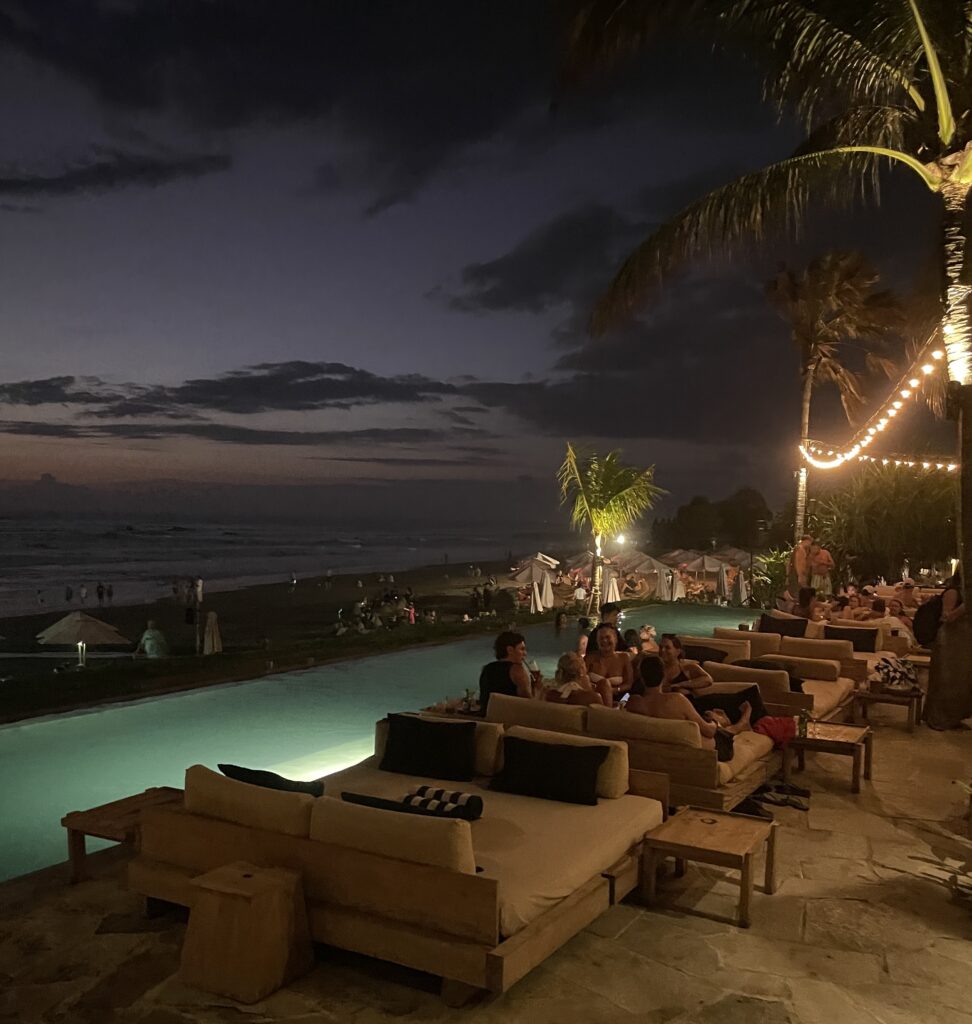
How Many Days Do You Need in Bali?
This completely depends on what kind of trip you’re planning. Bali’s size and diversity mean you can easily spend a few days or a few weeks and still feel like you’ve only scratched the surface.
If it’s your first visit, 7–10 days in Bali is ideal. You’ll have time to explore a mix of beach towns like Canggu or Seminyak, head into the jungle and rice terraces of Ubud, and even sneak in a waterfall or two.
People experience Bali in very different ways. Some might stick to a simple Canggu + Uluwatu combo, starting with social beach bars, boutique restaurants, and buzzing nightlife, then winding down on a quieter stretch of coastline with luxury beach clubs and ocean views.
Others might swap in Seminyak or Sanur, or spend longer in Ubud, soaking in jungle energy. If there’s one thing you don’t want to do, it’s rush your visit to Bali.
Anything less than a week might feel rushed unless you’re just there for a quick escape, and my 10-day Bali itinerary makes you avoid doing just that.
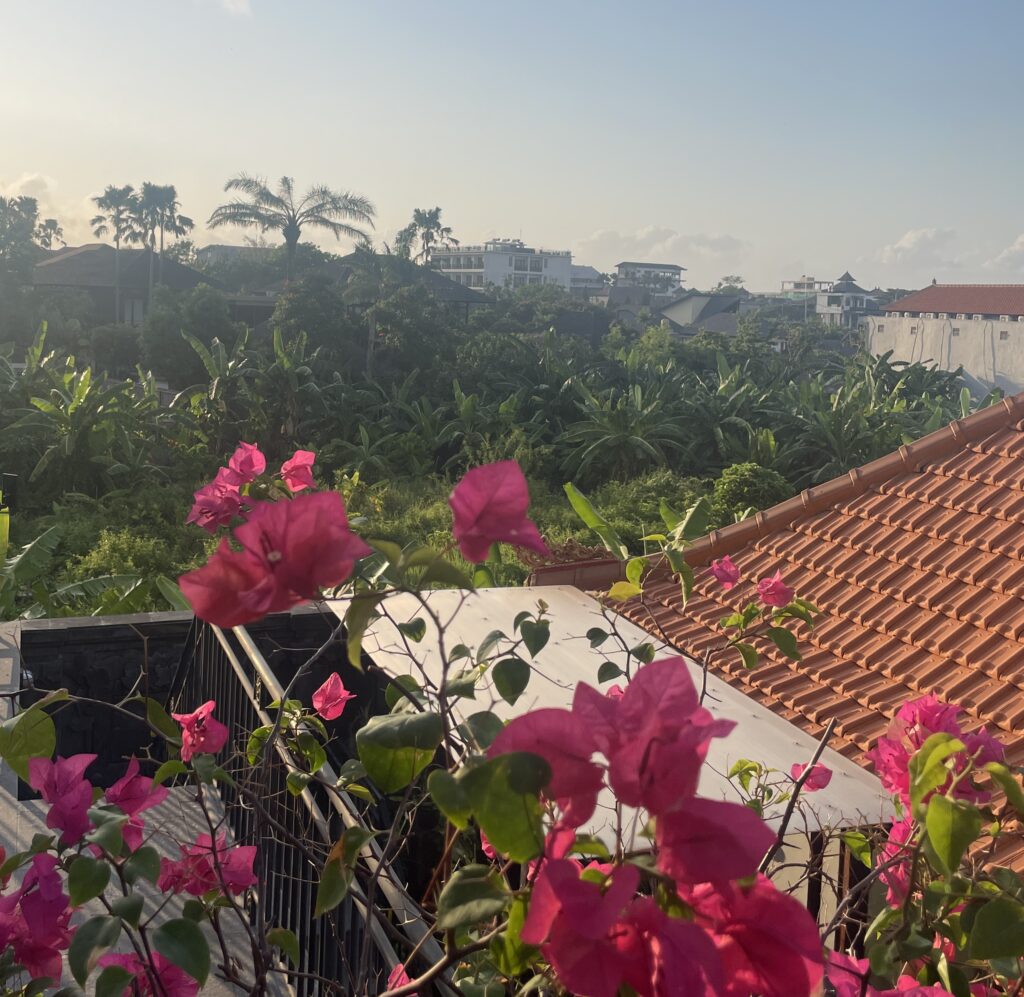
Best Areas in Bali for First-Time Visitors
Bali might look small on a map, but don’t be fooled, getting around takes time, and the traffic can make short distances feel long.
Add to that how different each area feels, and it’s clear: where you stay will completely shape your experience.
If you want help deciding where to base yourself, I break down every area in detail in my Bali area guide. It’ll save you plenty of time planning.
Seminyak
Trendy, upscale, and full of life. Seminyak is where boutique shopping meets fine dining and high-end beach clubs.
Great for couples, stylish travelers, and those who want to be in the heart of the action.
Canggu
Bali’s modern boho hotspot, full of surf breaks, smoothie bowls, coworking cafes, and beach bars.
Perfect for digital nomads, solo travelers, and anyone chasing that hip, Instagram-ready vibe.
Ubud
Spiritual, serene, and set in the jungle. Think yoga retreats, rice terraces, temples, and wellness centers.
Best for those seeking a slower pace, culture, and connection with Bali’s natural side.
Uluwatu
Dramatic cliffs, epic surf, and luxury with a view. Uluwatu is where you come to unwind in style.
Ideal for couples, honeymooners, or anyone craving beachside calm and sunset perfection.
Sanur
Chill and charming with a local vibe. Sanur’s calm beaches and long promenade are great for strolls and easy swimming.
Great for families, older travelers, or anyone wanting a quieter, more traditional experience.
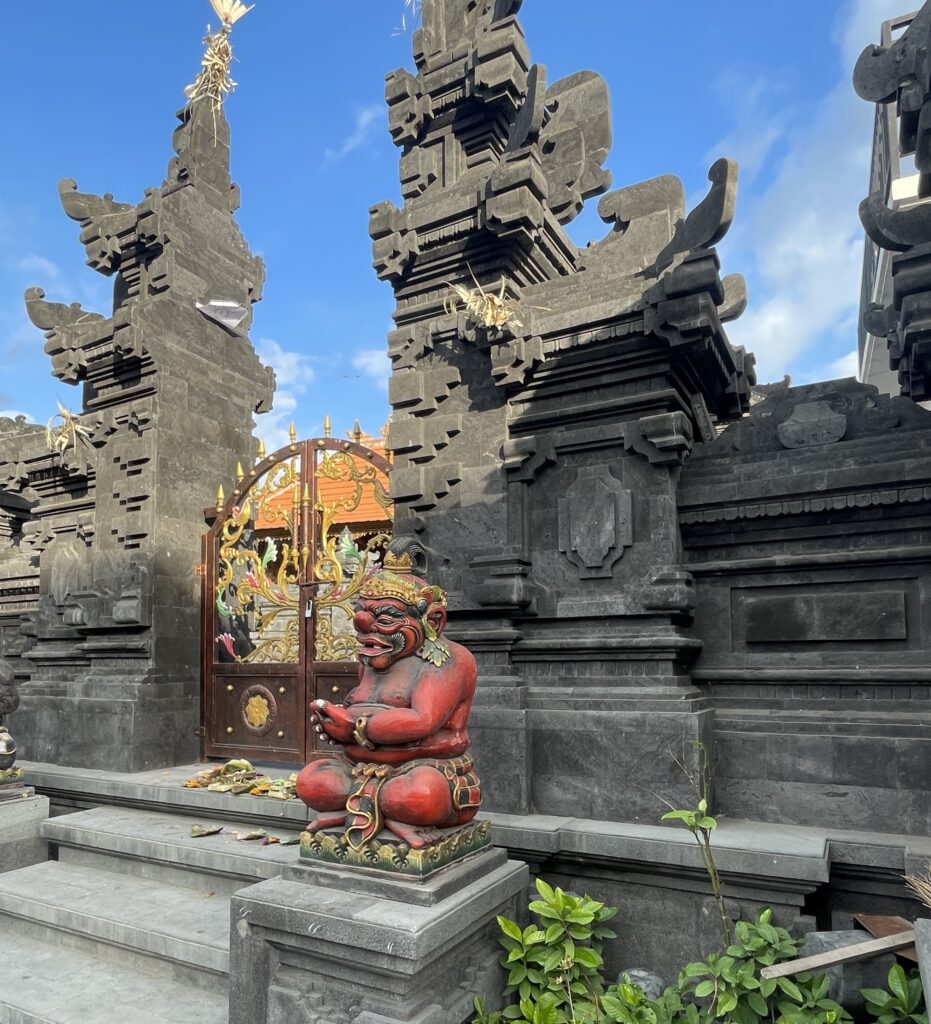
Transport in Bali: A Must-Know
Getting around Bali is surprisingly easy, but you’ll want to plan ahead depending on where you’re staying and how comfortable you are on two wheels.
Here’s how most people get around the island: these are essentially the only ways! If you’re just arriving and wondering how to get started, here’s a full breakdown of how to get from Bali Airport to Canggu.
- Ride-Sharing Apps – Apps like Grab and Gojek are lifesavers in Bali, especially for quick rides or food delivery. Prices are affordable, and the apps are reliable for short-distance trips, particularly in tourist areas like Seminyak and Canggu. Just keep in mind that in some remote areas, you might run into limitations or inflated prices.
- Renting a Scooter – This is the most common (and fun) way to explore Bali. It’s cheap, fast, and gives you full flexibility. That said, Bali is not the place to learn how to ride. Traffic is intense, roads are narrow, and accidents happen more than you’d think. Make sure to have an international driver’s license if you go this route, and wear a helmet.
- Walking – In main hubs like Canggu, Seminyak, or Kuta, walking is doable for daily errands like grabbing a bite, heading to the gym, or hitting the beach. But for anything beyond that, you’ll need to use transportation. Sidewalks can be hit or miss, and Bali’s layout isn’t always pedestrian-friendly.
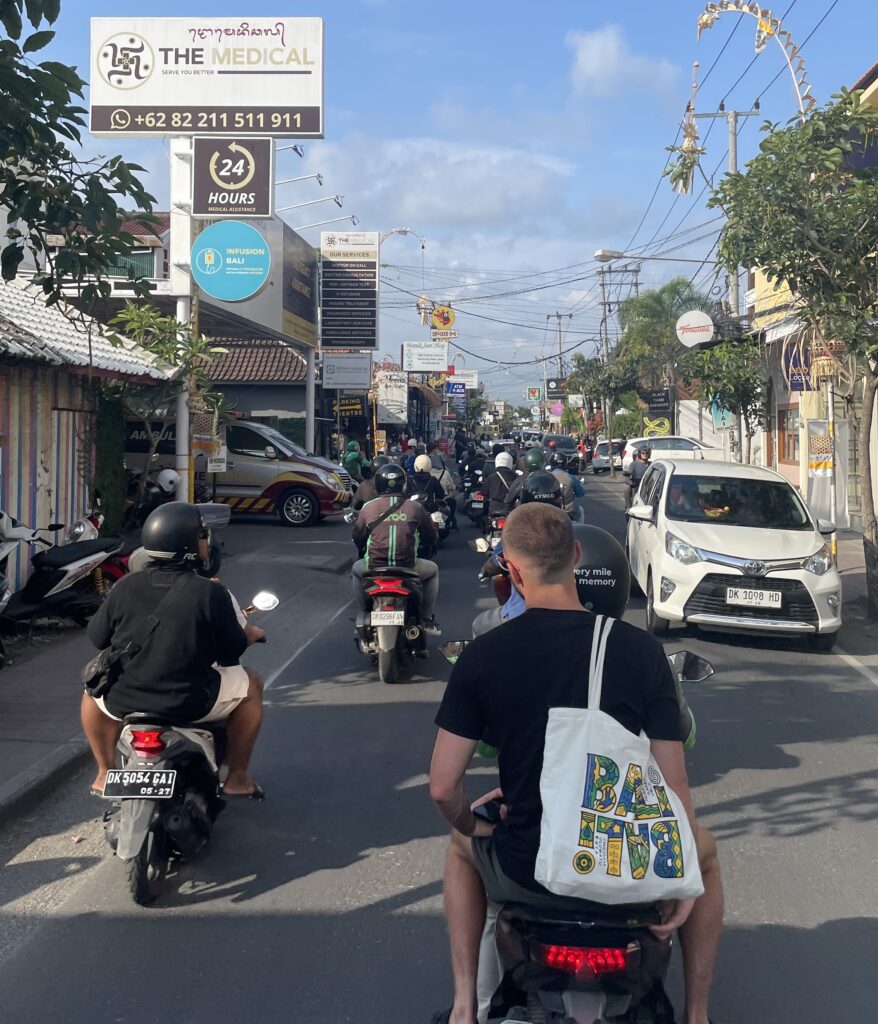
Final Thoughts on Visiting Bali
Yes, Bali is worth visiting… but only if you know what to expect. Its scenic nature, spiritual energy, vibrant culture, and exciting nightlife give it an appeal most destinations can’t replicate.
The locals are warm and welcoming, the food scene is world-class, and the island’s natural beauty shines brightest when you step outside the main tourist zones.
That said, Bali absolutely has its downfalls, and not everyone walks away smitten. From subpar beaches in popular areas to the reality of bad traffic and rising prices, some things can catch you off guard.
And if you’re coming for a short vacation with high expectations, some of those pain points may weigh heavily.
Now, would I personally put Bali at the top of my “must-visit” destinations list? Sure, if you travel often, it’s worth a stop. But if you don’t travel frequently, I wouldn’t rank it as a top priority. That said, as someone who travels long-term, the digital nomad community here is hard to beat.
The social life is strong, the wellness offerings are excellent, and the island’s landscape still manages to surprise me. That’s why I’m going back.
So what about you? Do you think Bali is worth visiting? If you’ve been, did it live up to the hype?
For those who’re still on the fence, you might find it helpful to explore some alternative destinations to Bali that offer the same mix of beaches, culture, and nightlife, but with their unique twist.
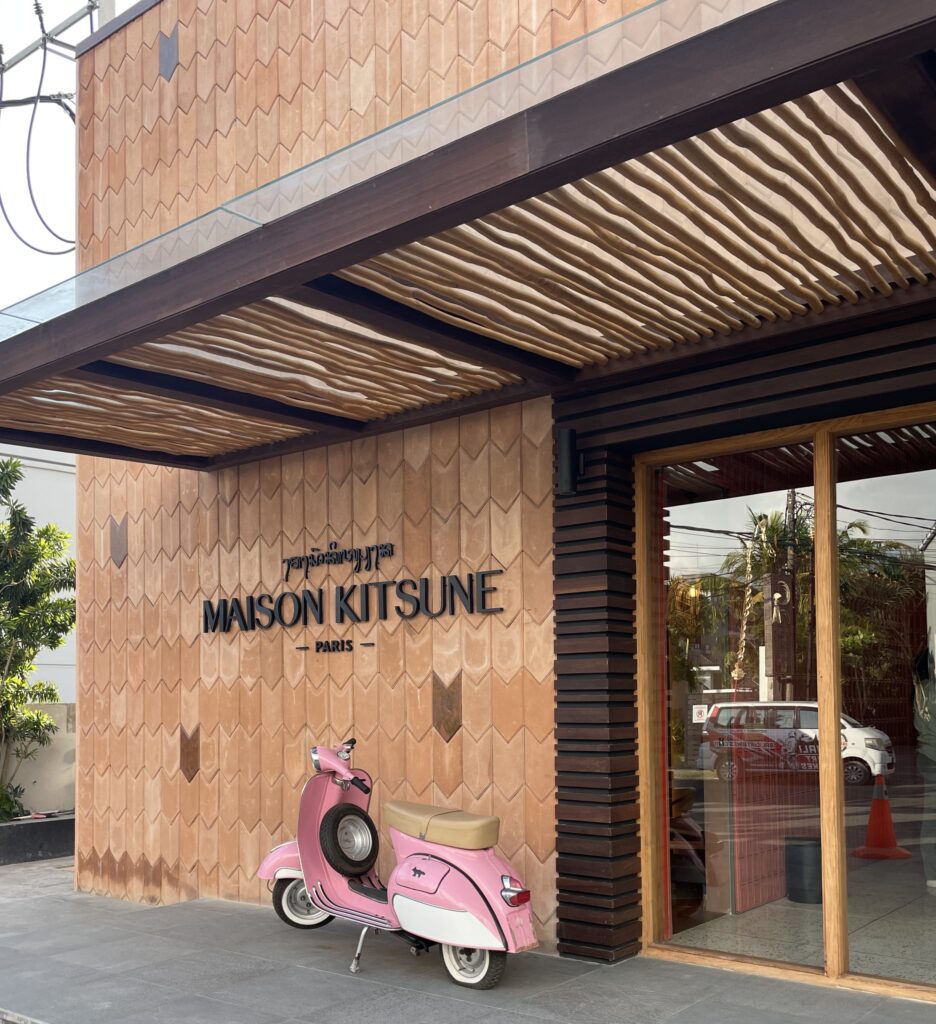
Is Bali expensive for budget travelers?
It definitely can be cheap if you stick to local food, guesthouses, and avoid luxury traps in hotspots. But prices have risen, especially in Seminyak and Canggu, so if you’re not careful, costs can add up fast.
Can I drink tap water in Bali?
No, Bali tap water isn’t safe to drink. Stick to bottled or filtered water, even when brushing your teeth. Your stomach will thank you later.
What should I not do or avoid in Bali?
Be respectful, don’t wear revealing clothes at temples, don’t touch sacred offerings, and don’t try to party on Nyepi (Day of Silence). Also, bargain politely and use common sense with wildlife and scams.
How should I handle money and ATMs in Bali?
Bali has plenty of ATMs, but fees can add up, opt for those inside banks to reduce risks. Using a travel-friendly card or withdrawing larger amounts less frequently helps avoid fees and ATM hassles.

